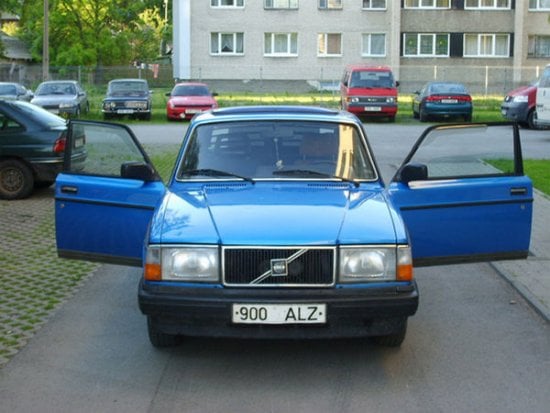Joey D
Premium
- 46,710

- Boyne Falls, MI
- GTP_Joey
- GTP Joey
Towing and load capacity are one of the biggest reasons. A body-on-frame vehicle can haul and tow more than a unibody, although advanced in materials and engineering have made unibodies capable of having high capacities as well. Another is durability, especially over rough terrain. With a unibody, the forces of a twisting vehicle are sent through the entire vehicle. With a body-on-frame vehicle, the body and frame can have more movement and thus puts less strain on everything overall.Why are pickups and other utility vehicles body-on-frame instead of unibody?
It's supposedly cheaper to manufacture a body-on-frame vehicle too and, in theory at least, it's cheaper to repair.






